Imaging in Football Medicine

FEATURE / M.BORDALO, E.YAMASHIRO, M.RASHED ALNAIMI & J.ARNAIZ
Imaging is an important arsenal in football medicine for guiding diagnosis, monitoring and treatment of sports injuries. An accurate diagnosis is required to design appropriate treatment and to determine prognosis in football players1. Imaging modalities are also utilized to guide interventional procedures in the treatment of several injuries.
Imaging methods have been around for a while, but they constantly undergo technical advances, which improve lesion characterization and accuracy. The three pillars for an adequate diagnosis in high level football medicine are experience of the musculoskeletal radiologist, applicable techniques and up-to-date equipment.
Football injuries can be acute or chronic from repetitive stress (overuse). In the professional level, ultrasound (US) and magnetic resonance imaging (MRI) are the methods of choice. Table 1 shows the major indications and disadvantages for the several imaging modalities.
Return to play decision is fundamental to the practice of football and must balance a fast return to play with complete healing, recovery, and re-injury risk. Recent studies on medical imaging focus on prognostic radiologic features to support this challenging multifactorial decision2-4.
Lower extremity injuries are more common in football. In this chapter, we will review imaging aspects of the most frequent and important injuries in football players.
READ NOW IN THE LATEST EDITION OF “football medicine & performance” EXCLUSIVE TO MEMBERS
